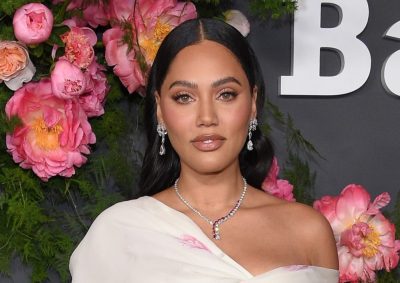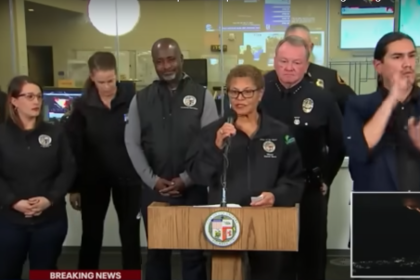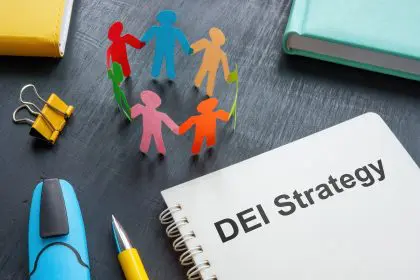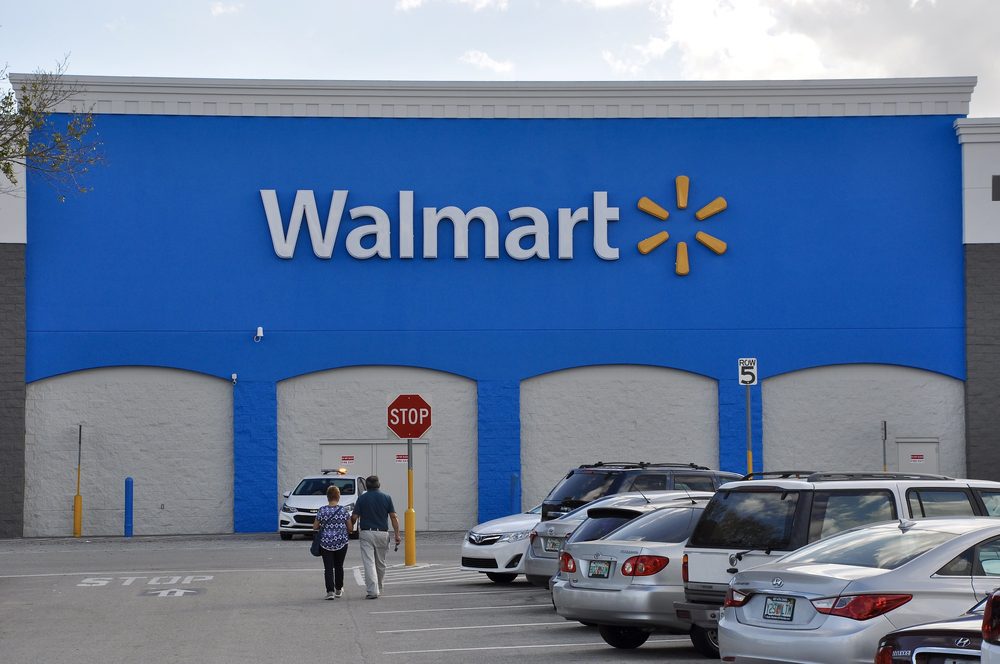Todd Corley leads the brand’s global environmental, social and governance strategy as senior vice president of inclusion, sustainability, and community at Carhartt.
Corley provides a progressive approach to the 135-year-old global workwear brand through different initiatives, purpose-driven partnerships, and humanitarian causes. His work as Abercrombie & Fitch’s CDO was key in the 2022 Netflix documentary White Hot: The Rise and Fall of Abercrombie & Fitch, which debuted at #1 on the streaming platform.
What’s it like having a great lifestyle brand?
I would say, for me, the work here is everything I thought it would be. I took the role just about three years ago. When I took it, it wasn’t just the thought about what we were going to do around DEI work, but it was how that work would sit adjacent to work around sustainability, environmental justice, our corporate giving strategy, and humanitarian causes. The DEI work is not singular; it is essentially a thread line through all the things that are important to us as the foundation of our brand, which I think is key. The thing that differentiates us from many organizations doing this work [is] they’re tackling it one thing at a time when it’s a lot more complicated than that. I would say that the work is fulfilling — it’s challenging — but it is wrapped up in all the things I’ve ever wanted to do in this space.
How important is it for you to communicate with leadership about the honest vision for the world moving forward?
You cannot do this work without leadership commitment and very authentic conversations with them. That might mean that we disagree on things, and it might mean that the direction needs to be revisited. It might mean we have to push harder on leaders to be more engaged; it might mean that we also have to make people more accountable for their actions and call things out as behaviors that are not consistent with the values of an organization. People have a right to have their point of view and their perspective, but in the confines of how we’re trying to do work and in the confines of trying to treat all people who are hardworking with a level of dignity and respect, you’ve got to be able to sign up for those behavior changes. They’re not always easy to make, but we get that done.
What have you found to be the balance that will allow this new work-from-home culture to exist?
I don’t think there’s a right way for every organization to do this. But I think you have to figure out what works for you. I think what I’ve learned from Carhartt is that relationships matter a lot. Even though we’re on a Zoom or Teams meeting, you have to figure out ways to break through that one-dimensional screen. We have to figure out how to find a meeting in the office. It’s necessary to have, not just for meeting’s sake; it’s necessary to have where there are outcomes, deliverables, action items, and you can shake hands, have eye contact, and build rapport. I have people on my team who live as far as Seattle, but when we’re in the office, we find ways to connect, talk, build rapport, tell stories, and have conversations in real-time.
What would you tell people about walking in their authentic selves but simultaneously showing up and being that professional leader?
I would say, first of all, never compromise your authentic self — be you. I think when you’re not you, a feeling of toxicity starts to brew because you’re not being yourself, and you get a little bitter and angry. No one needs that. I would also say there’s a way to behave and to carry yourself in a working environment. Some may feel like, “If I do that, then I’m acting too corporate or too professional.” Well, there’s a degree of being professional and being in business that matters. Don’t look at it as where you grew up; look at it as how you make yourself to be appropriate to be seen, to be valued. No one wants to talk to Todd, who is not on time, not remembering details, or talking with food in his mouth at a meeting.
How do you have the conversation about sustainability in your role?
Carhartt has a history of building durable products and jackets that might last from generation to generation. We get people who say, “I’ve had my jacket for 40 years; it has some wear and tear; can I send it to you?” And we’ll repair it and send it back. That aside, that principle of saying the notion of finding different fibers, different fabrics, to build your garment, to build your product, matters for that reason alone. But it also matters because we’re trying to make sure that things don’t go in landfills, and contribute to the climate crisis. I think the profitability argument is you can build things that are recycled and reused. We launched a campaign where you can send things in, and we will sell it again. It will have another life. Beyond that, we don’t want those things that we’re throwing out to to hurt the environment. There’s no planet B; this is it.
What message would you give others to go out and make a difference in the world?
It’s better to ask for forgiveness than permission. Go about your day, do your thing, and try new things. Try to push on the edges and outer boundaries, try and make things happen in a way that you’d rather say, “You know what, that didn’t work? Sorry, I’ll be trying again,” as opposed to asking somebody, “Hey, can I?” They might say yes, but what if they say no? Asking for “forgiveness,” rather than “permission” is a mantra. It has served me well. I’m not saying it’s been easy. I certainly have skinned my knee a few times.










